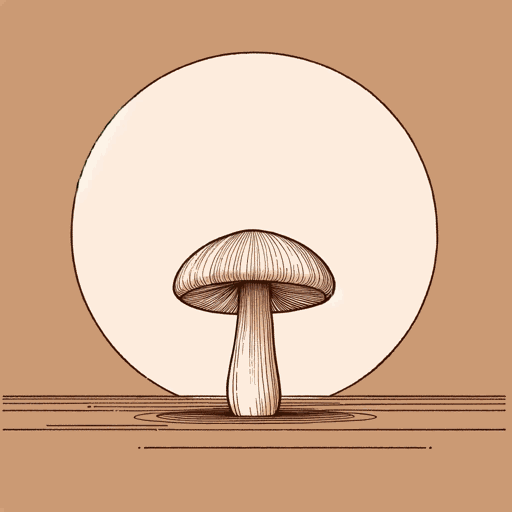75 pages • 2 hours read
Anna Lowenhaupt TsingThe Mushroom at the End of the World
Nonfiction | Book | Adult | Published in 2015A modern alternative to SparkNotes and CliffsNotes, SuperSummary offers high-quality Study Guides with detailed chapter summaries and analysis of major themes, characters, and more.
Before You Read
Summary
Preface
Prologue
Part 1, Introduction
Part 1, Chapters 1-3
Part 1, Interlude 1.1
Part 2, Introduction
Part 2, Chapters 4-7
Part 2, Interlude 2.2
Part 2, Chapters 8-10
Part 2, Interlude 2.3
Part 3, Introduction
Part 3, Chapters 11-13
Part 3, Chapters 14-15
Part 3, Chapters 16-17
Part 3, Interlude 3.3
Part 4, Introduction
Part 4, Chapters 18-19
Part 4, Chapter 20 and Conclusion
Key Figures
Themes
Index of Terms
Important Quotes
Essay Topics
Part 1, Chapters 1-3Chapter Summaries & Analyses
Part 1, Chapters 1-3 Summary and Analysis
This section covers Chapters 1-3: “Arts of Noticing,” “Contamination as Collaboration,” and “Some Problems with Scale.”
The chapter epigraph is a quotation from science fiction author Ursula K. Le Guin, about her desire to look for human futures that will “put a pig on the tracks” rather than depict stolid utopias (17). Tsing begins with her own narrative of progress, the early 20th century lumber boom in Oregon. This story of people reshaping landscapes to create economic booms is the “story we know” (18). She argues that this story should not be considered the end, however, and poses a question: “What emerges in damaged landscapes, beyond the call of industrial promise and ruin?” (18). In Oregon, the answer turns out to be matsutake mushrooms for export to Japanese consumers. Tsing argues that while many commentators consider how to continue economic precarity without wreaking further ecological devastation, climate change implies that everything is in jeopardy. “We are stuck with the problem of living despite economic and ecological ruination,” Tsing argues (19).
Tsing notes that it is common to speak of our age as the “Anthropocene,” a time driven by human interactions with the world.

